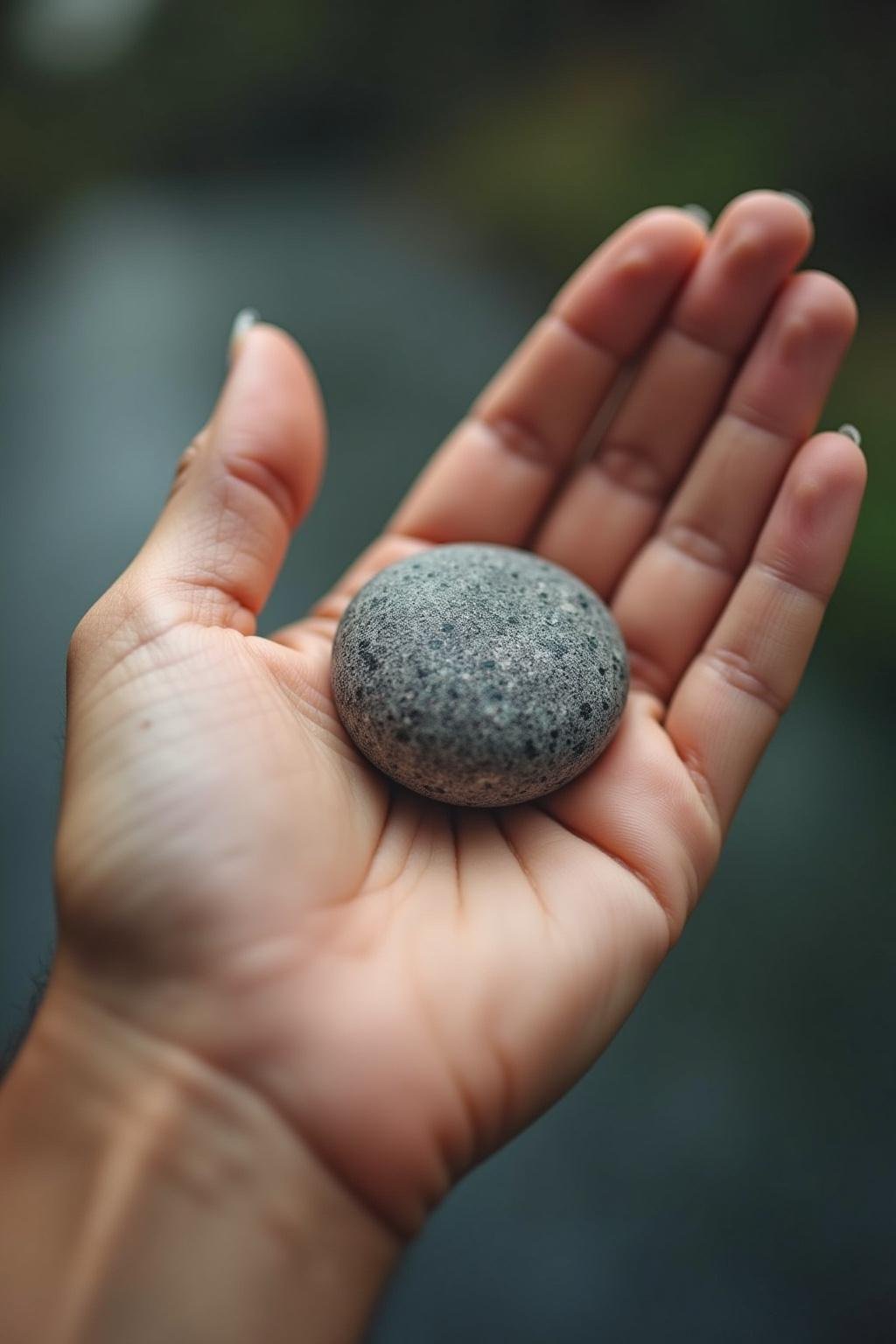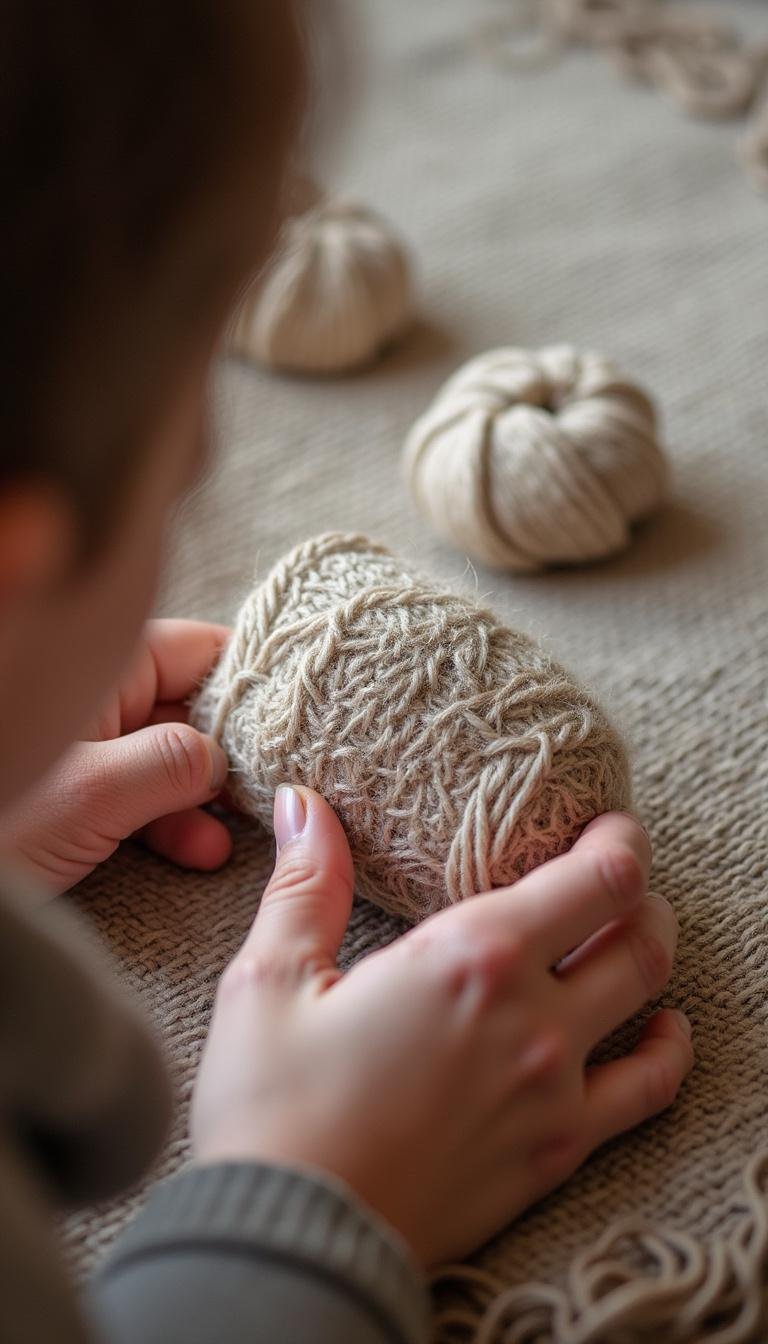1. Introduction
Panic attacks can strike unexpectedly, leaving individuals overwhelmed with intense feelings of fear, shortness of breath, and dizziness. Fortunately, grounding techniques for panic attacks offer effective ways to regain control and reduce anxiety swiftly. These practical strategies help anchor your mind in the present moment, alleviating distress and preventing escalation. If you’re searching for reliable methods to manage panic attacks, understanding and practicing grounding techniques is essential for mental well-being and emotional resilience.
2. What Are Grounding Techniques for Panic Attacks?
Grounding techniques for panic attacks are specific methods designed to help individuals reconnect with the present moment during episodes of intense anxiety. These techniques redirect focus away from intrusive thoughts or feelings of panic, anchoring the mind and body in reality. By engaging sensory experience, mindfulness, and conscious breathing, these strategies reduce the severity and duration of panic attacks. Incorporating grounding techniques into your mental health toolkit can make a significant difference when confronting panic symptoms. For a deeper understanding of mental wellness, explore how magnesium intake can support your mental health alongside these techniques.
3. Top 10 Grounding Techniques for Panic Attacks
1. The 5-4-3-2-1 Sensory Exercise
This technique involves identifying five things you can see, four you can touch, three you can hear, two you can smell, and one you can taste. It helps redirect attention from anxious thoughts to your immediate environment, fostering calmness. For enhanced emotional clarity, consider maintaining a journal to track your anxiety patterns, as suggested in journaling for anxiety relief.

2. Deep Breathing Exercises
Practicing slow, deep breaths engages the parasympathetic nervous system, reducing feelings of anxiety. Focus on inhaling deeply through your nose, holding for a few seconds, then exhaling slowly through your mouth. This technique is highly effective during panic episodes and can help restore emotional balance. Using tools like red light therapy devices can support relaxation and stress reduction in conjunction with breathing exercises.

3. Tactile Sensory Engagement
Holding a textured object such as a stress ball or a piece of fabric can ground your body in the present moment. The sensation stimulates tactile receptors and shifts attention away from anxious thoughts, providing instant relief during panic attacks. Having a reliable infrared light therapy pad or textured object nearby can serve as an effective grounding tool.

4. Descriptive Awareness of Surroundings
Mentally describing your environment—such as identifying colors, sounds, and textures—helps you stay grounded during panic episodes. For example, saying out loud what objects are nearby or what you see around you anchors your thoughts to the present. To deepen this practice, consider exploring EMF wellness to understand how environmental factors influence anxiety and grounding practices.
5. Repetitive Palming Technique
Rub your palms together gently while focusing on the sensation, or softly trace patterns on your hand. The tactile feedback provides soothing distraction from anxious thoughts. Using quality tools like comfortable yoga leggings can help maintain comfort during these grounding exercises.
6. Visualization of a Safe Space
Imagine yourself in a peaceful place—like a beach or forest—to evoke feelings of calmness and security. Visualization can alter emotional responses and lessen panic symptoms. For more holistic approaches, discover natural ways to cope with eco-anxiety to complement your mental health routines.
7. Mindful Movement and stretching
Gentle stretching or slow movement helps release tension and reconnects your body with the present moment, reducing anxiety intensity. Combine this with gut health practices for a comprehensive approach to emotional stability.
8. Cold Water Splash or Touch
Applying cold water to the face or hands activates the dive reflex, which can slow your heart rate and promote calmness during panic attacks. For an at-home upgrade, consider investing in a infrared therapy device to enhance relaxation routines.
9. Anchoring with Personal Objects
Carry meaningful objects, such as jewelry or keepsakes, that evoke positive feelings. Touching or seeing them during panic episodes anchors your focus. To enhance your emotional healing journey, explore retreats like emotional healing retreats.
10. Grounding through Language: Describing Your Environment
Use intentional language to describe what you see, hear, and feel—staying present by articulating details about your setting helps manage panic symptoms effectively. Incorporating mindfulness language can be trained through regular practice, including journaling.
4. How to Incorporate Grounding Techniques in Daily Life
Practicing grounding methods regularly strengthens your ability to manage panic attacks when they occur unexpectedly. Incorporate a few techniques into your daily routine, such as mindful breathing during breaks or tactile exercises during stressful moments. Keep grounding tools—like infrared therapy devices or textured objects—within easy reach for quick access during emergencies. Regularly engaging in activities like yoga retreats in California can also bolster your resilience and mindfulness practices, helping prevent future panic episodes.
5. FAQs about Grounding Techniques for Panic Attacks
What are the most effective grounding techniques for panic attacks?
The most effective grounding techniques include the 5-4-3-2-1 sensory exercise, deep breathing, tactile engagement, and visualization. These methods help immediately calm the mind and body during panic episodes. For additional tools, consider Yoga retreats in Hawaii for a comprehensive relaxation experience.
Can grounding techniques prevent panic attacks?
While grounding techniques are primarily used to manage ongoing panic attacks, practicing them regularly can reduce the frequency and severity of future episodes by promoting mindfulness and emotional regulation. To address underlying issues, exploring EMF wellness might also be beneficial.
How long should I practice grounding techniques during a panic attack?
It’s recommended to repeat or engage in grounding exercises until you regain a sense of calm. Typically, 1 to 3 minutes of focused activity can significantly diminish panic symptoms. Consistency is key to making these techniques more effective over time.
Are grounding techniques suitable for everyone?
Most people find grounding techniques helpful, but if you experience severe anxiety or trauma-related issues, consulting a mental health professional will ensure personalized and effective treatment options. Combining these methods with insights from retreats like mental health retreats can enhance outcomes.
6. Conclusion
Incorporating grounding techniques for panic attacks into your mental health routine can dramatically improve your ability to cope with anxiety episodes. Whether through sensory engagement, breathing exercises, or visualization, these strategies empower you to stay present and reduce panic symptoms effectively. Remember, consistent practice leads to better control, helping you navigate stressful moments with confidence and resilience. Start integrating these techniques today to enhance your emotional well-being and regain your calm during panic attacks.

